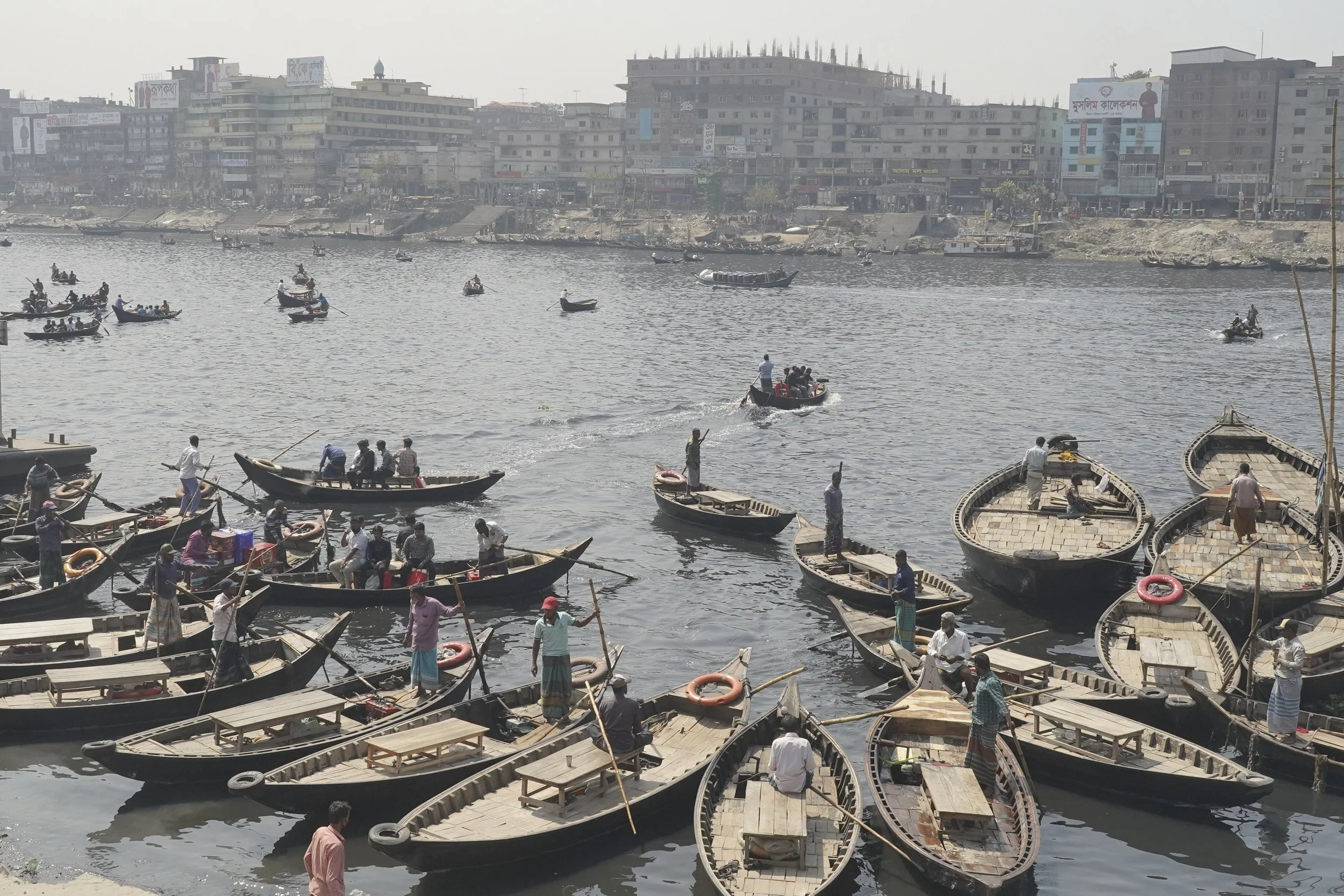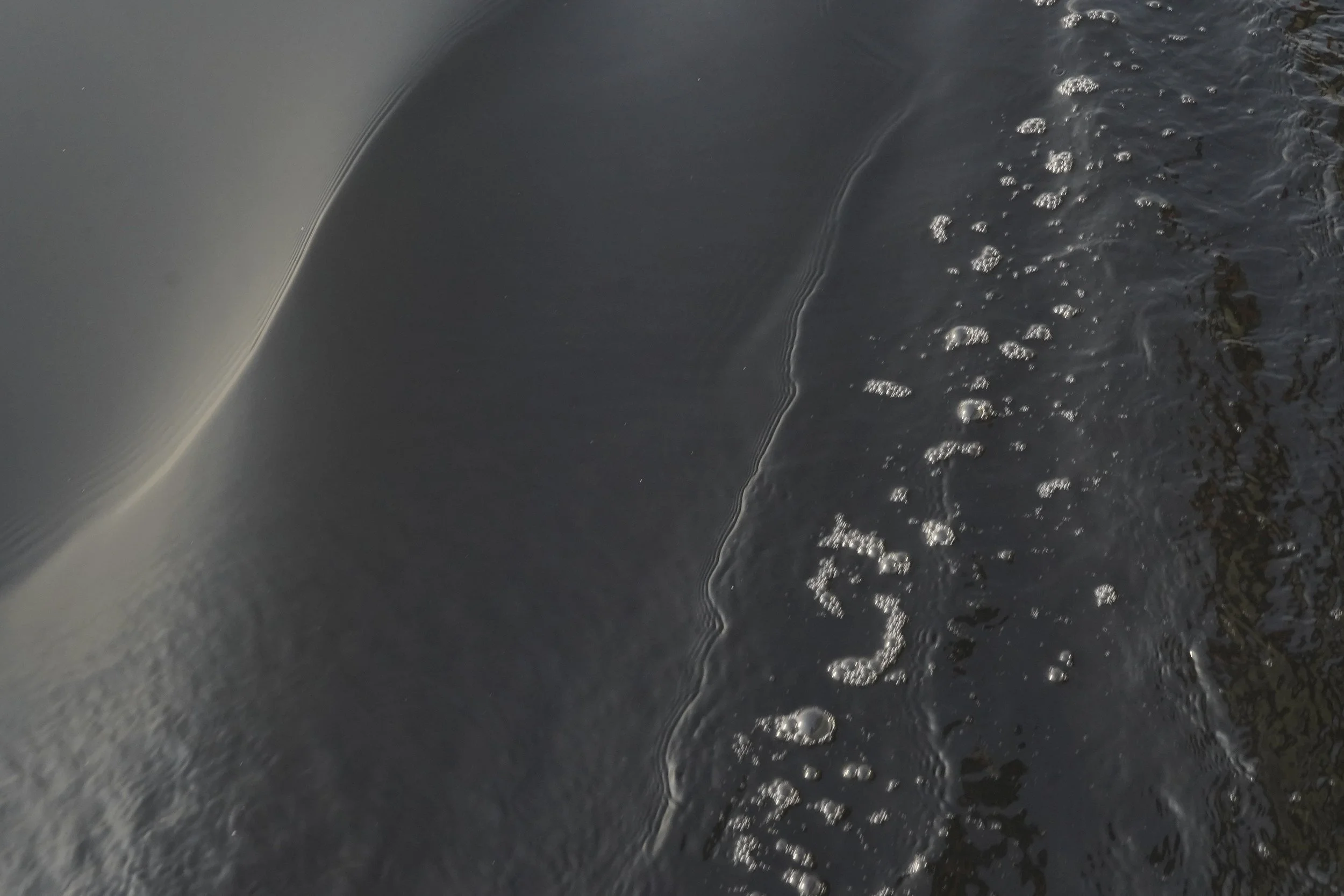Buriganga: a river or a past?
The Buriganga River, once a vibrant hub of festivals, local songs, and shared stories, now bears witness to a profound loss. The boatman's song, once echoing across the water, has fallen silent, a casualty of unplanned urbanisation, industrial waste, and the relentless pressures of a growing city. The Buriganga, once a lifeline, is now struggling to survive, its waters choked by pollution.
This project seeks to give voice to the river and those whose lives are intertwined with its fate, exploring the unspoken testimonies of a dying ecosystem and prompting a vital conversation about our relationship with the natural world.
কাঁদে যে জল (Working Title)
The Water That Weeps
A Film by Kauser Haider
Script Sketch by Joytu Ziku and Kauser Haider
DOP: Kauser Haider
Additional camera: Kazi Abtahi Udash
Field Coordinator : Kazi Abtahi Udash
Edit : Bibek Ranjan Chowdhury ,Pranto AND Sumeet Kumar Roy Shuvo
Sound :Pranto and Sumeet Kumar Roy Shuvo
Producer: Joytu Ziku and Tanim Ibe Yousuf
Production Support : Mastul Production and Foresight innovative Hub
Eyewitnesse : Shalim Bhai (Boat man) and Buriganga River


Kauser Haider graduated from the Pathshala-South Asian Media Institute and is now a visual practitioner, documentary photographer, and filmmaker based in Bangladesh. He loves to work on personal and private issues close to him to touch the gap between his internal and external worlds, mainly using images and moving images. He works with cinema posters and archival images, using multiple exposures and limited edition artist books.
